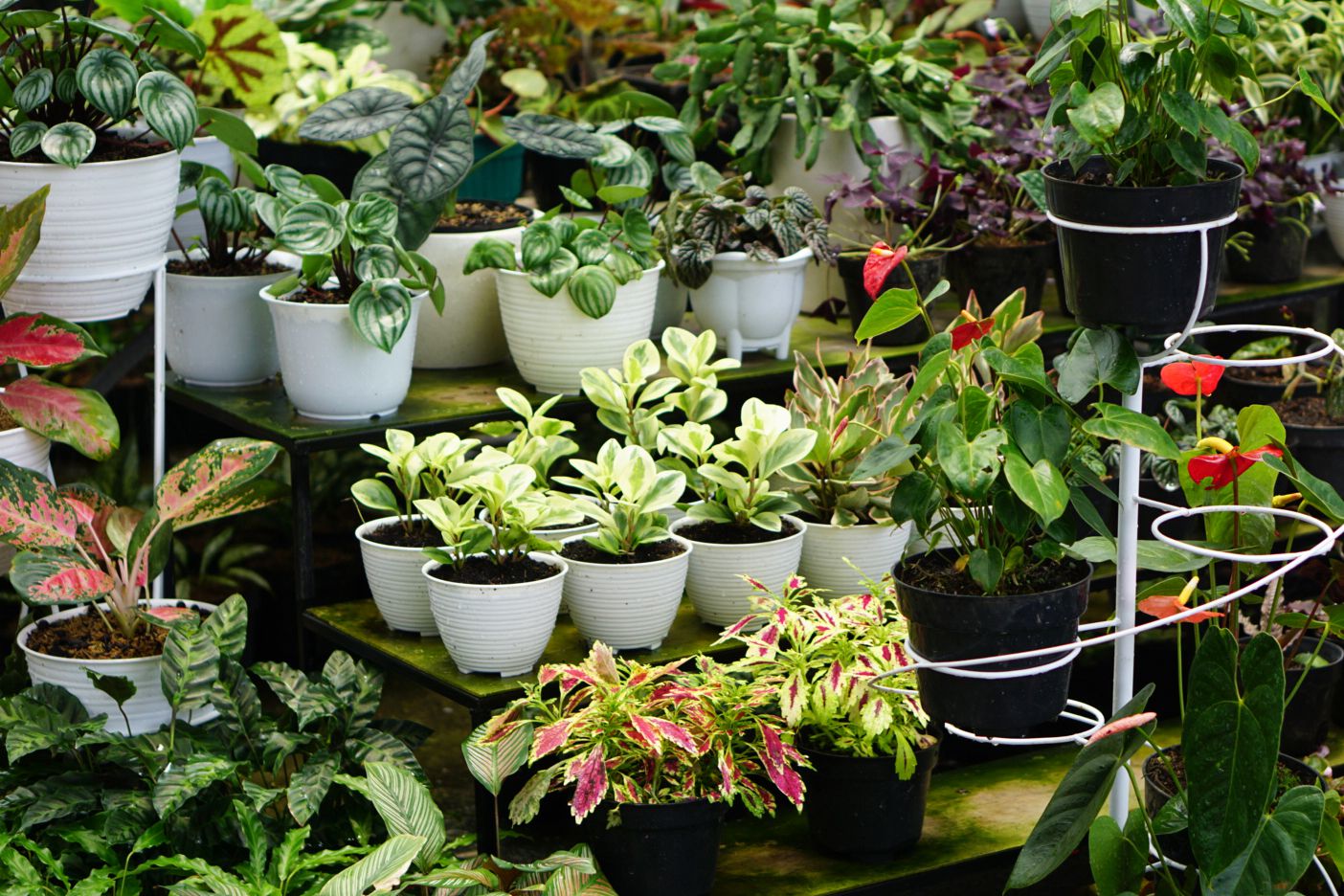
There are two primary varieties of green roofing: intensive and extensive. These are differentiated by the number of vegetation utilized. While comprehensive green roofs can support up to 25 pounds of vegetation per square foot, intensive green roofs can take 150 pounds per square foot.
Another factor that differentiates these styles from one another is the amount of labor forced to maintain them. Intensive green roofs, as the name suggests, take far more work to control, as they involve keeping the various types of plants separate and maintaining an actual garden. Extensive green roofs, on the other hand, are left to grow naturally and without restriction, caring for themselves as they would in the wild, and therefore only requiring yearly weeding and fertilization.
For private homeowners, the intensive format allows you to select and choose which flowers you would like represented, enabling you to sculpt the aesthetic you desire. Extensive green roofs were created simply to be entered for their yearly maintenance, so they become more naturally overgrown than their intensive counterpart. This makes comprehensive green roofs harder to navigate, meaning individuals can’t walk through the area to enjoy the flora.
Both green roofs utilize a layering system, which establishes basics for the planters by using various soils, mats, and other materials to retain the nutrients while forcing out any waste by-products. Through these layers, a soil profile is mimicked, thus building a drainage process that allows liquid to be filtered through safely while also nourishing the plants.
Recent studies and advancements have resulted in a fresh form of green roofing, known as comprehensive roofing. This format was created to support many plants, which is often found in intensive roofing, while allowing for a larger amount of vegetation to be supported, like intensive roofing.
BENEFITS OF GREEN ROOFING
There are a variety of reasons why an individual may wish to pursue green roofing, both for the betterment of the community and the house.
COMMUNITY BENEFITS INCLUDE:
The installation of a green roof reduces the necessity to manage any stormwater that accumulates, as well as the strain wear local sewer systems. In urban settings, the inclusion of green roofs reduces the overall heat conducted by the buildings, covering lots of the surfaces that might generate the most warmth. The plants prevent the distribution of smog and dust while also catching lots of the pollutants seen in the air. Green roofs can be public spaces, such as gardens or recreational areas, to enjoy by the community. Due to the amount of work and money that goes in to the creation and installing green roofs, use of them in a neighborhood can bring about an increase of jobs and revenue for local businesses.
THERE ARE ALSO PERSONAL BENEFITS TO A HOMEOWNER, WHETHER YOU LIVE IN AN URBAN OR RURAL SETTING, FOR INSTALLING A GREEN ROOF, SUCH AS FOR EXAMPLE:
By creating a natural barrier, green roofs can decrease the amount of noise that comes into your home.
Since your roof is covered by plants, the amount of it encountered with the elements is bound, enabling the roof membrane to last a lot longer than if unprotected.
Green roofs reduce the amount of energy your house needs for heating, saving you money.
The fire retardation provided by green roofs helps protect your home.
Since green roofs utilize waste products that could otherwise conclude in landfills, as well as extending the lifespan of your other household products as an HVAC system, use of 1 reduces the amount of waste made by your home.
By adding a green roof to your house, you’ll boost your property value as a result of increased efficiency of your appliances and your home becoming more aesthetically pleasing.
Buy Green Roof System Chinese Manufacturer Direct From Greening Solution
NEGATIVES OF GREEN ROOFING
While green roofing may benefit you and the community, it is a costly process that can lead to some unforeseen expenses:
Insurance for green roofs is important, because of the potential of droughts or unforeseen storms, but also is expensive.
The weight of the green roof may lead to liability issues if the pressure of it causes sagging.
Any damage the plants might do to the building, such as the roots growing in to the shingles, will lead to costly repairs.
THE DEVELOPMENT OF GREEN ROOFS
The first green roof originated in the past, with the earliest recorded instance being the Hanging Gardens of Babylon, created in 500 B.C. At that time, the structure was built on stonework, using tar and reeds as the low protective layers.
The modern method of building green roofs, however, was formed in Germany through the 1960s, creating the layering system that is implemented today. While fairly common in Europe, this practice is merely now starting to gain popularity in the United States.
Modern green roofs also change from those manufactured in ancient times because the technology has greatly advanced. The layers useful to create today’s iterations include soils, three different fabrics, and drainage plates and mats. The drainage systems also make these stick out from previous versions, utilizing the soils’ natural tendencies to steer water in manners that help better take care of the system.
Scientists and engineers are still researching the best methods for green roofing. That is primarily focusing about how green roofs might be built in several climates and environments, as well as the scale where these can be produced.